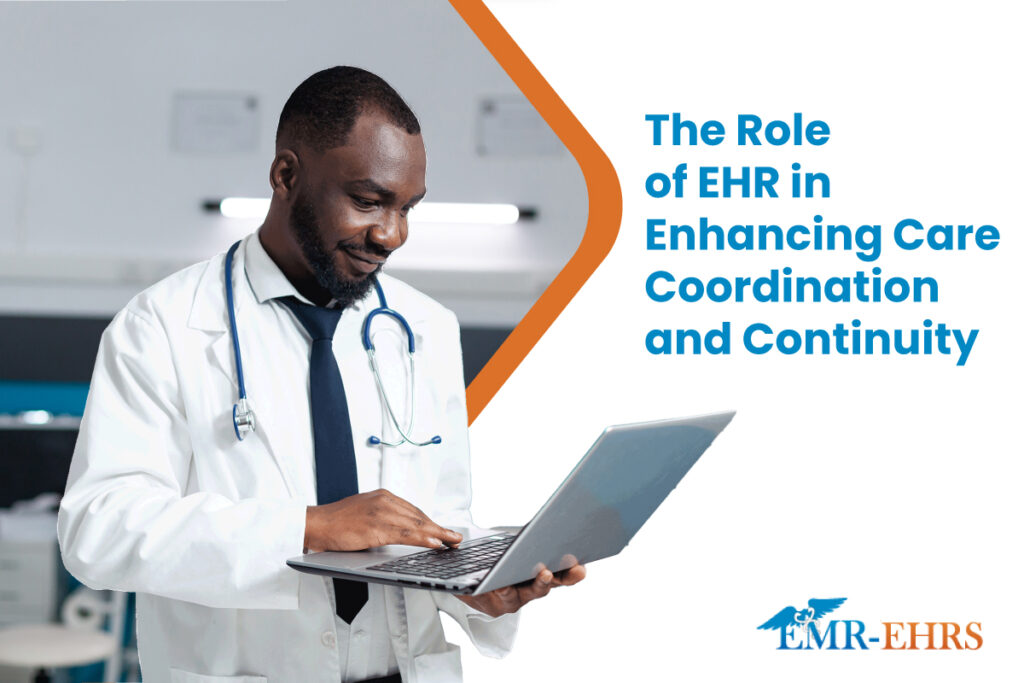
Picture a trauma center where seconds feel like hours. Generic electronic health record (EHR) systems create frustrating delays, slowing the care team’s ability to act quickly.
In such high-pressure environments, streamlining acute care workflows can help teams prioritize patients, expedite labs, and initiate treatment to stabilize them while minimizing bottlenecks.
Tailored electronic health record software plays a key role in transforming daily operations by customizing workflows to meet the unique needs of acute care specialists. It reduces documentation time, improves communication, and enhances overall efficiency so clinicians can focus on what matters most: saving lives.
Streamlined Workflows, Simplified Compliance:
Explore Acute Care Solutions Today
The Need for Customizable EHR in Acute Care
In fast-paced settings, acute care teams must act quickly to reduce complications and care delays for critical cases, such as stroke, trauma, or heart attack.
Yet, in practice, clinicians face multiple decision-making needs under time constraints, juggling multiple patient needs and responding to emergencies. When acute care teams face overwhelming patient loads, the last thing they need is an inflexible EHR system that slows down workflows.
Where off-the-shelf solutions fall short, customizable EHRs step in—providing acute care teams with tailored protocols and real-time features that significantly improve patient care and efficiency.
Key Features that Streamline Acute Care Workflows
In acute care, finding a single EHR system that combines all the essential features can feel like a challenge. Many solutions fall short of meeting the unique demands of high-pressure environments.
At EMR-EHR, our decades of industry experience have made us experts in understanding these needs and delivering a system that seamlessly combines all the following essential features.
Customizable Templates
Where it’s used: During patient intake and documentation.
How it helps: Custom templates for conditions such as ambulatory care sensitive conditions (ACSCs), trauma, or critical care allow providers to capture relevant information quickly. This ensures accurate, error-free documentation that supports the care team throughout the patient’s journey.
Integrated e-Prescription Systems
Where it’s used: In prescribing medications, both during patient intake and follow-up visits.
How it helps: An electronic prescription tool simplifies the prescription process by allowing real-time writing and tracking, reducing prescription mistakes.
Comprehensive Patient Records
Where it’s used: Across every stage of patient care, especially during urgent care and follow-ups.
How it helps: Immediate access to a patient’s full medical history—including lab results, medications, allergies, and prior treatments—helps acute care providers make faster, informed decisions during critical moments and ensures continuity of care.
Automated Alerts and Reminders
Where it’s used: Throughout the care process, particularly in monitoring patients’ progress and identifying risks.
How it helps: Automated alerts and reminders notify care teams of critical changes in patient status or upcoming tasks (e.g., lab tests, medication administration), helping ensure timely interventions.
| From customizable templates to integrated e-prescription systems, our EHR is designed to simplify tasks, reduce errors, and enhance care delivery. After addressing the toughest challenges in acute care, we’re ready to bring those solutions to your team. Call us at (480) 782-1116 to schedule a demo or request a callback! |
The Benefits of Customizable EHR Solutions

Adaptable EHR systems effectively address the urgent needs of acute care teams through three main advantages:
1. Improving Patient Care Quality Through Tailored Workflows
Whether it’s a minor injury or a major emergency, acute care teams are always on their toes. A custom-fit EHR allows care teams to design workflows aligning with their needs.
2. Enhancing Staff Productivity and Reduce Burnout
Burnout is a constant concern in acute care—made worse by inefficient tools and financial pressures from private equity firms. Acute care EHRs reduce fatigue through real-time analytics and dashboards.
3. Streamlining Billing and Compliance Processes
Like most care settings, prompt reimbursement in acute care relies on precise coding and billing. Clinicians and nurses can provide care confidently while the customizable system automates billing and manages compliance.
How to Choose the Right EHR for Acute Care
Selecting the right EHR features for acute care settings is a critical decision that impacts efficiency and patient outcomes.
Given the unique challenges of acute care, including rising visits for ACSCs (like congestive heart failure, diabetes, and hypertension), it’s essential to prioritize features that address these complexities.
Scalability
Acute care facilities must account for future growth and evolving demands. An ideal EHR should scale alongside the organization.
What to Look For:
- Support for additional users, facilities, or service lines.
- Cloud-based infrastructure for easy scaling.
- Integration capabilities for emerging technologies.
Customization Options
Every acute care setting has unique workflows. A flexible EHR adapts to fit those specific workflows.
What to Look For:
- Configurable workflows and templates.
- Tailored dashboards for individual user roles.
- Flexibility to integrate specialty-specific modules.
Usability and Efficiency
Acute care environments demand speed and accuracy. A customizable EHR for acute care simplifies documentation and ensures fast access to critical patient information.
What to Look For:
- User-friendly interfaces with minimal clicks for key tasks.
- Pre-built templates tailored to acute and emergency care scenarios.
- Data-driven analytics and identifying trends on conditions that contribute to high acute care visits.
Vendor Support
A trusted EHR partner lays the foundation for smooth onboarding and sustained efficiency.
What to Look For:
- Complete training and onboarding sessions.
- Round-the-clock technical or troubleshooting services.
- Proactive updates and compliance with regulations.
Unlocking the Potential of Customizable EHRs in Acute Care

Healthcare workflow optimization in acute care lets specialists and nurses dedicate their efforts to saving lives where it matters most. From streamlined triage processes to real-time access to diagnostic insights, customizable EHRs transform challenges into opportunities for better care delivery.
Embrace patient-centered EHR systems designed with customization and efficiency at their core to elevate your acute care practice. Choose a technology vendor that adapts to your team’s needs—in acute care, precision and speed make all the difference. Ready to transform your workflow?



















